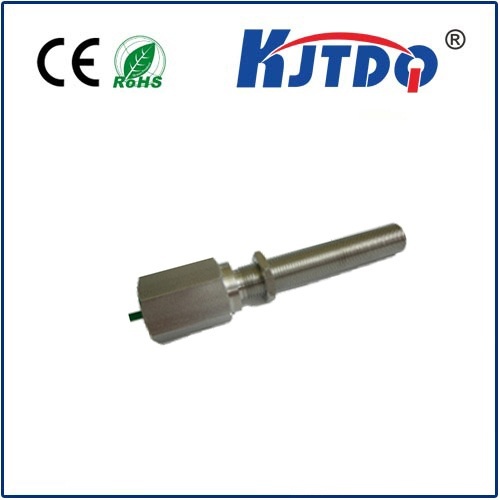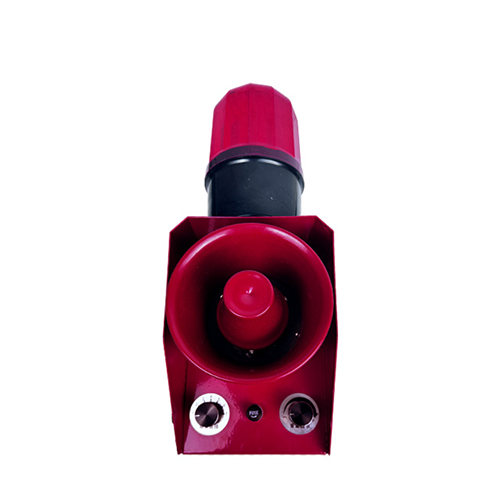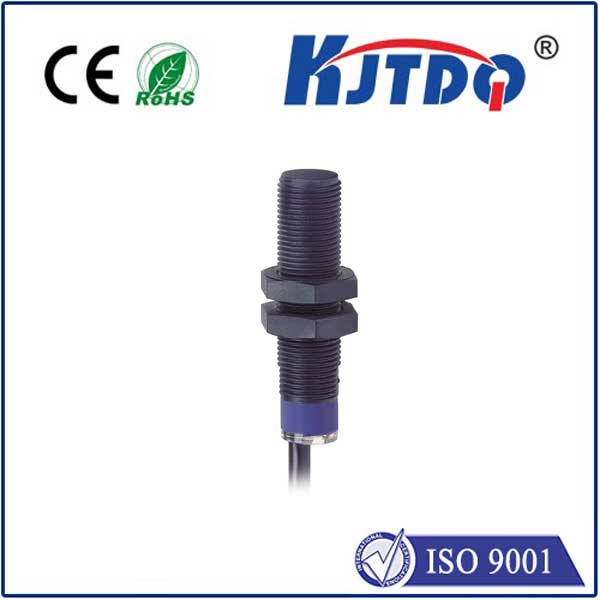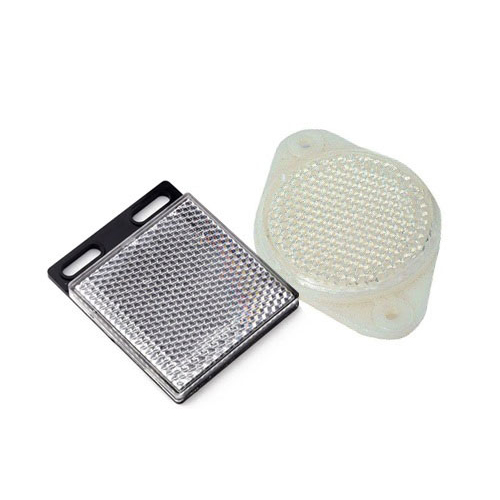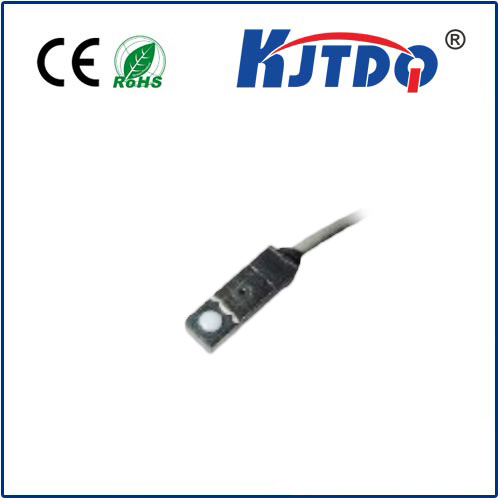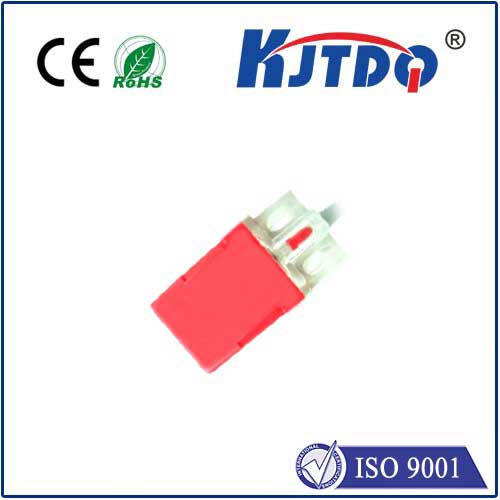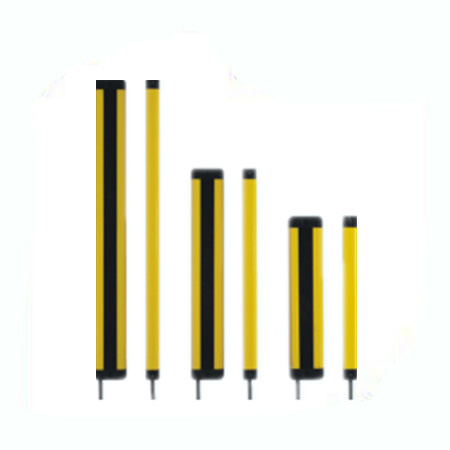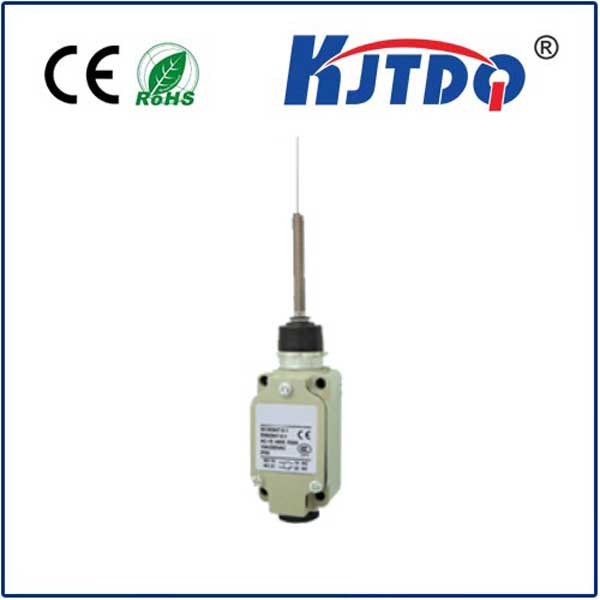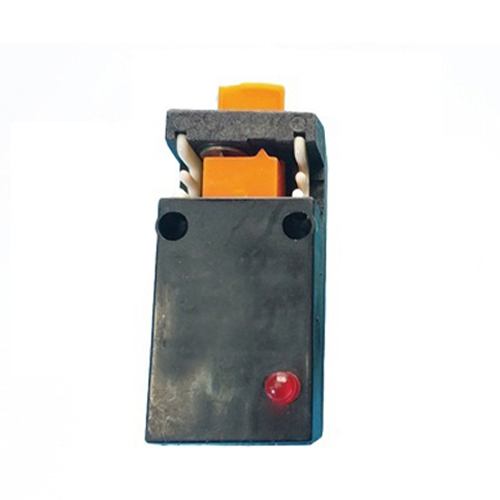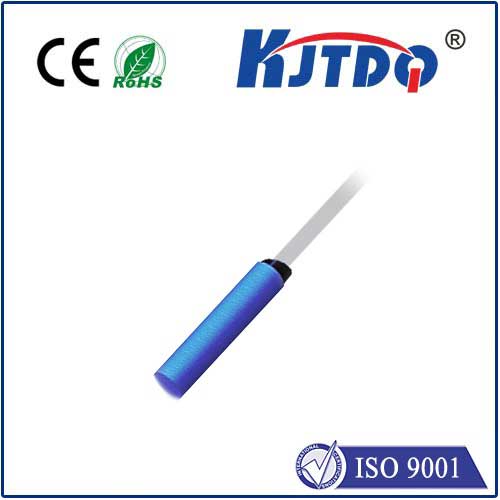

check

check

check

check
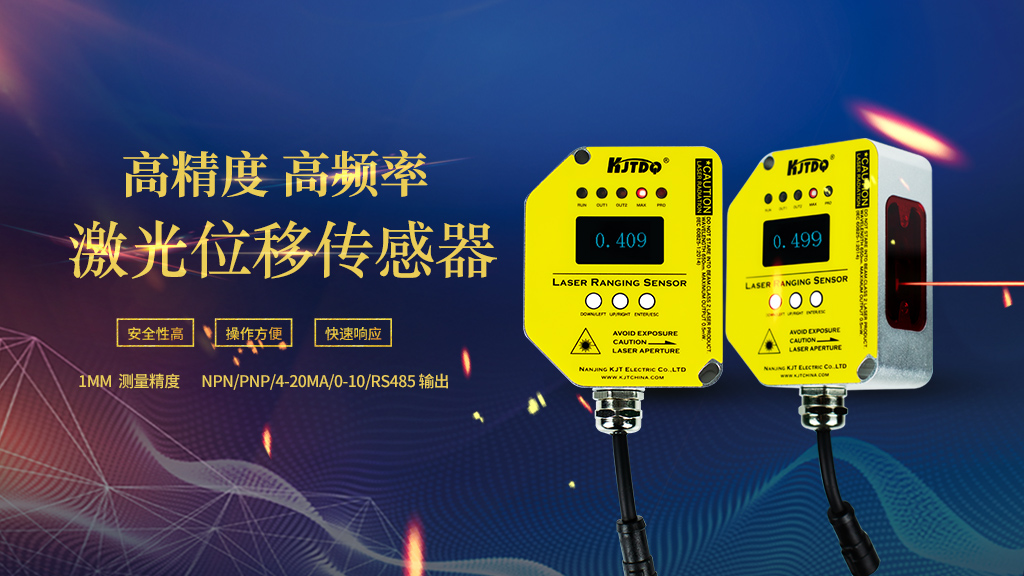
First, let’s take a look at how to choose a suitable laser ranging sensor. When selecting a sensor, we need to consider factors such as measurement range, accuracy, size, and weight. Different application scenarios require different types of sensors. For example, for long-distance measurement, we may need to choose sensors with high measurement range and high accuracy; for application scenarios with limited space, we need to choose sensors with small size and light weight. After selecting the appropriate sensor, we next need to focus on how to install and connect the laser ranging sensor.
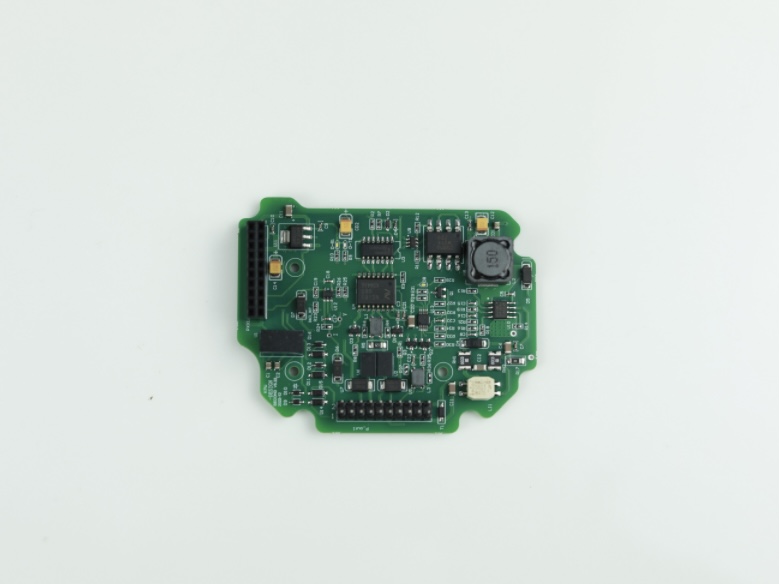
The installation method of laser ranging sensor is slightly different according to different sensor types, but the general steps are the same. First, we need to fix the sensor on the object where the distance needs to be measured to ensure that the sensor is stable and reliable. If the object is moving, we need to align the sensor with the object's motion trajectory. Then, we need to connect the sensor's power line and signal line to ensure that the sensor is working properly.
After completing the installation and connection, we can start measuring with the laser ranging sensor. Before use, we need to set the parameters of the sensor, such as the upper limit and lower limit of the measurement distance, measurement accuracy, etc. Then, we aim the laser ranging sensor at the target that needs to be measured, and press the measurement key or send a measurement instruction through the data acquisition system. At this time, the laser ranging sensor will emit a laser beam and receive the returned laser signal, and calculate the distance by calculating the round-trip time of the laser signal.
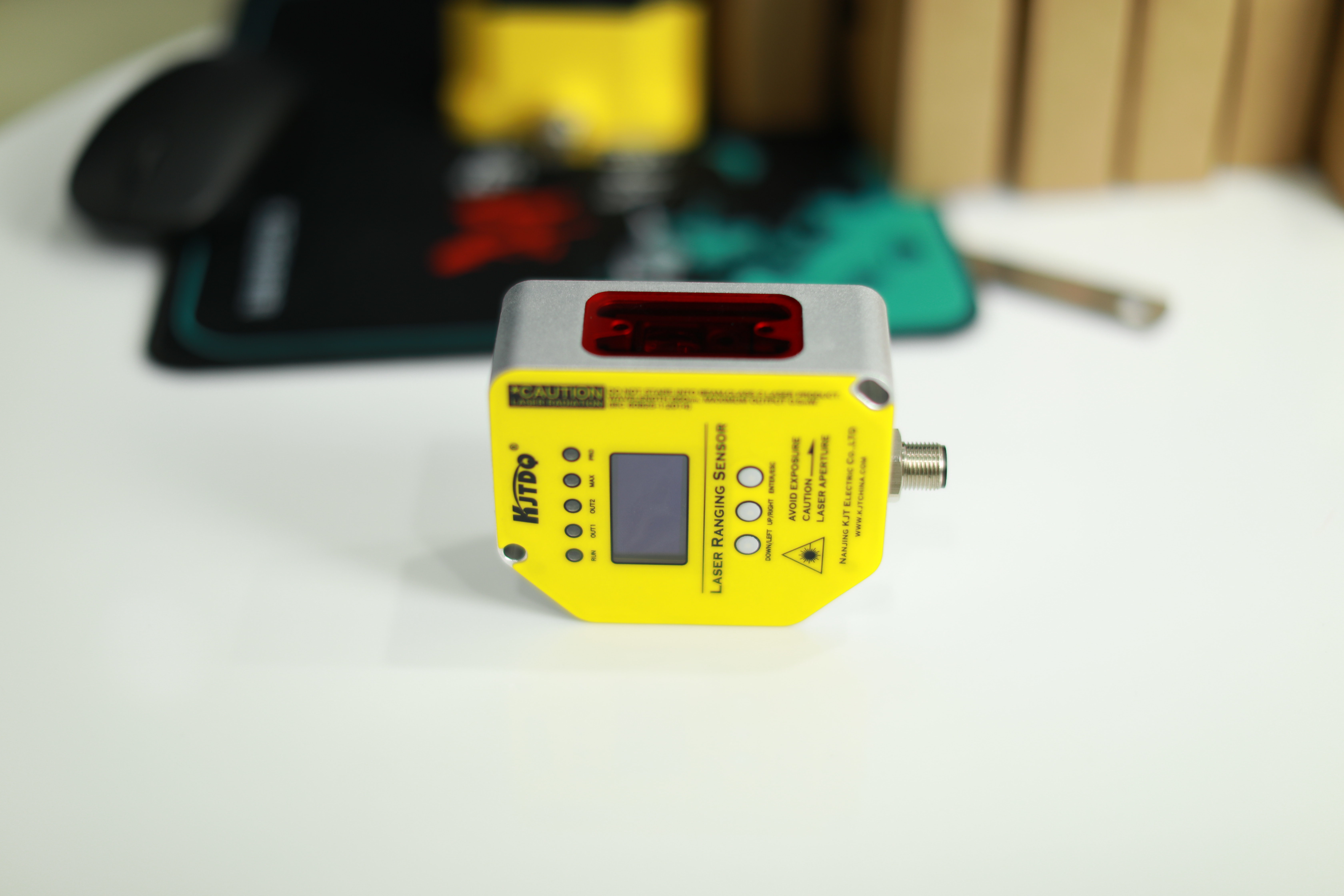
Finally, we display the measurement results on the display of the laser ranging sensor or transmit them to a computer or cloud platform through a data acquisition system for storage and analysis. For different application scenarios, we need to choose appropriate measurement solutions and parameter settings. For example, in industrial production, we may need to set higher measurement accuracy and stability to ensure product quality; in construction measurement, we may need to select sensors with high measurement ranges and large measurement angles to improve measurement efficiency.
